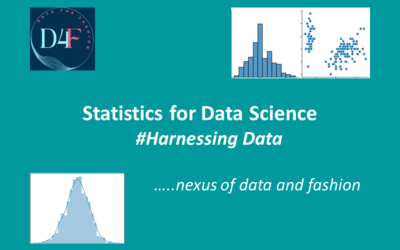Making Sense of the Data:
- Sample should have the same Characteristics as the population it is representing
- Sampling can be with replacement
- Sampling can be without replacement
Measurement of sampling:
- A sample measurement is called a “statistic”.
- Examples: Min, max, mean, std deviation, etc..
Different Types of Sampling Techniques:
- Random sampling: Each sample of the same size has an equal chance of being selected randomly.
Example: During govt vote , media takes opinions(sample) of which party will win from randomly selected people.
- Stratified sampling: Divide population in some group which called strata and take sample from each stratum
Example: Divided whole popluation in 2 parts male & female , then take opinions(sample) which party will win from male & female separately . After that take mean from both to conclude
- Cluster sampling: Divide population into strata and then select some of strata( Who is domain expert which is being studying). All the members from these are in cluster sample
Example: To study on AI demand , divide whole population in some professional categories , then take only AI experts people as sample.
- Systematic sampling: Randomly select one starting point & then take sample after nth interval from a list of population.
Example: Start from gate of one mall, take opinion from people after each 10 th number person who will win this election
Biased sampling method & why it happens?
- The method that produces data which systematically differs from sampled population
- It may happen due to:
- Convenience sample: Sample collected from easily accessible population.
- Volunteer sample: Sample collected from those elements of the population which chose to contribute the needed information on their own initiative.
Process of data collection:
- Define the objectives of the survey or experiment
- Define variable & population of interest
- Define data collection schemes like sampling technique, sample size and data measuring device
- Determine appropriate descriptive or inferential data-analysis techniques.
Sampling Error:
- The discrepancy between a sample statistic and its population parameter is called sampling error.
Methods used to collect data:
- Experiment
- Survey
- Census
- Judgement samples
- Probability samples

